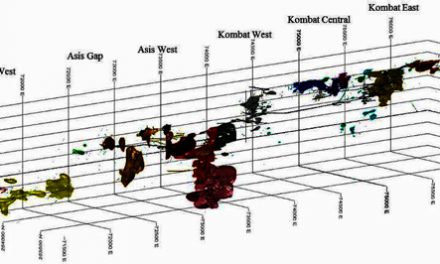
Grassroots still wallowing in poverty
Despite the country’s stellar economic growth of 6% per annum over the past 13 years, an intolerably large number of people still live in poverty and are victims of gross income inequality, as revealed this week by Tom Alweendo, Director General of the National Planning Commission(NPC). Alweendo said this during the launch of the Human Development Report (HDR) 2014 which was released by the United Nations Development Programme (UNDP) in collaboration with the government through the National Planning Commission on Wednesday in Windhoek. At the launch Alweendo said, “despite a robust economic growth in Namibia of 6% between 2010 and 2013, an unacceptably large proportion of our people still live in poverty and are exposed to various vulnerabilities.” Alweendo made reference to the fact that economic growth in Namibia has been largely marked by jobless women and the youth of both sexes bearing the force of unemployment, contributing to the vulnerable within society along with other groups. This year’s Human Development Report (HDR) ran under the theme,“ Sustaining Human Progress: Reducing Vulnerabilities and Building Resilience.”
The Director General said that income inequality remains a concern and is one of the three overarching development objectives that they have committed to along with high and sustained economic growth and employment creation. He said, “we have identified sectors that bear the greatest potential to spur economic growth while at the same time creating jobs, for public investments.” He noted the government’s commitment to shift its focus to priority sectors of Tourism, manufacturing and agriculture during the National Development Plans (NDP4) period. “Continued investment would take place in other sectors as well especially health and education. Only in this way can we achieve meaningful and sustainable human development,” he added.
Present at the launch was Economic Advisor for the UNDP Namibia, Ojijo Odhiambo, who explained the relevant dimensions and indicators for to the Human Development Index (HDI).
He said the Inequality adjusted HDI of Namibia which currently stands at 0.352, [is] essentially the lowest in comparison to some of the neighbouring countries in the SADC region. Odhiambo then made specific reference to the structural vulnerabilities which create barriers and result in deep inequalities and widespread poverty.
These barriers include existing power structures, traditions and socio-cultural norms, political spaces, and social and legal institutions. “There is need for universal provision of basic social services and a need to put people first in all policy and decision making processes,” he emphasised. The latest Human Development Report maintains that Africa is enjoying higher levels of economic growth and well being, but insecurity, as well as natural or human-induced disasters still persist in many parts of the continent.











































